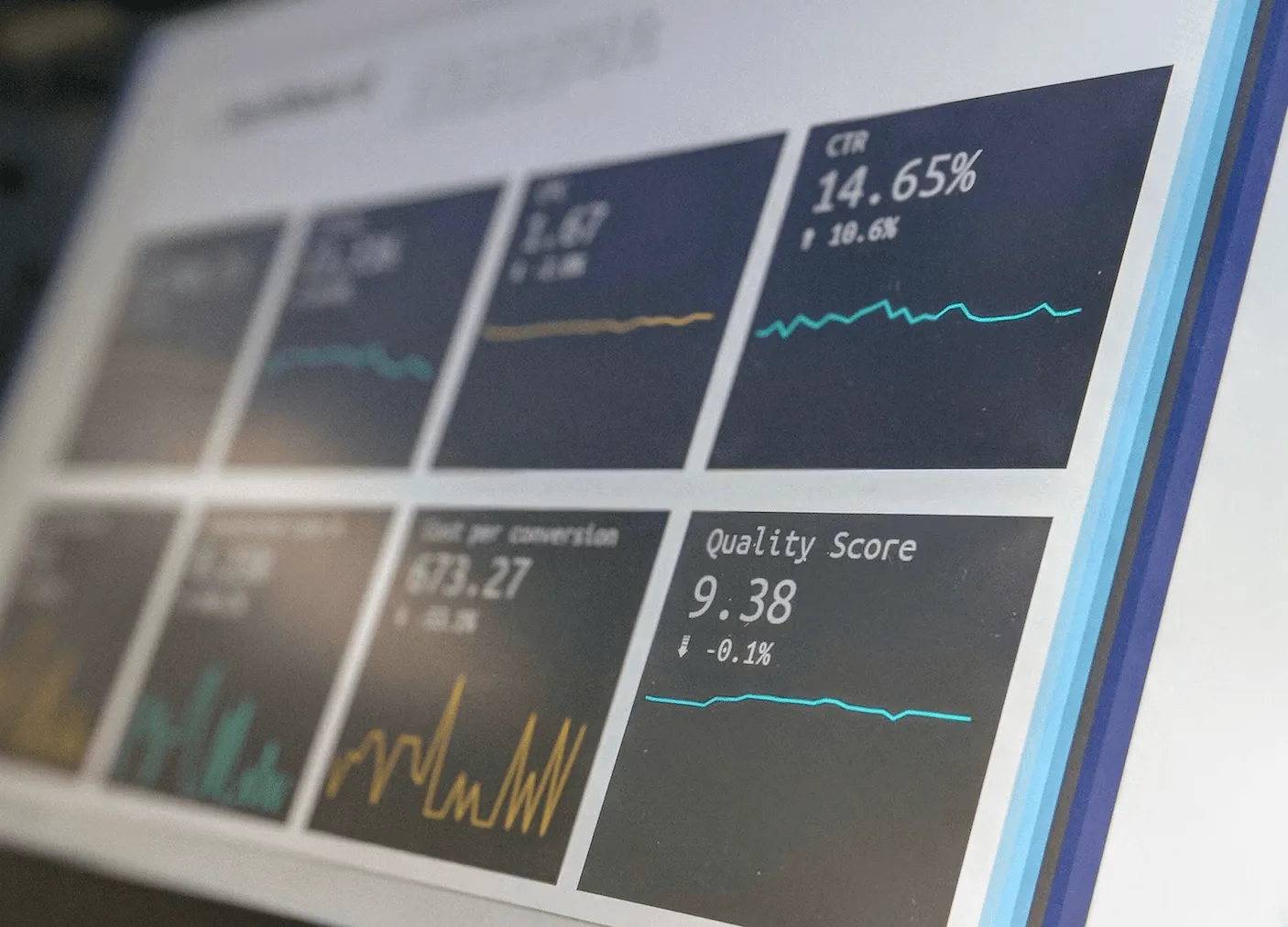Modern technology advances at break-neck speed.
Milestones like ultra-fast mobile connections and the establishment of large-scale cloud platforms have been delivering unprecedented experiences — and this trend shows no signs of slowing down.
Let’s take a look at the tendencies that will shape IT in 2024 and beyond.
1. Advanced IT Systems Will Become the Norm
A whopping 7 out of 10 companies are expected to use multi-cloud management systems to boost their processes.
In simple terms, this trend will give your more computing power than the cloud management systems ever had available.
From a business perspective, you will be able to test, launch, and adjust their solutions with less effort without compromising essentials like security.
How Should You Adapt?
Advanced IT systems translate to shorter internal turnaround times and a significant boost in overall efficiency.
Therefore, assessing different areas of your business is important to identify where this new technology can have the biggest positive impact.
For instance, if you manage a software development company, it’s worth exploring how multi-cloud servers can improve your libraries or aid in data transfer elsewhere.
2. AI, VR, and Other Innovative Technologies Break Out
Many pundits expect virtual reality to be worth over $80 billion and feature more than 50 billion connected devices by the end of 2025.
Some also expect VR, AI, and similar advanced applications to use low-code and no-code technology.
In short, this would enable people to create software without having traditional programming skills.
This trend suggests that these innovative technologies will become more and more popular over time.
How Should You Adapt?
Many individuals and business owners have refused to adopt AI and other innovative technologies because they are less productive and accurate than humans.
However, this trend will bring more advanced apps that run on powerful engines and are thus more suitable for real-life applications.
Therefore, it’s important to periodically evaluate tools you’d previously discarded, as their capacities may improve significantly.
3. Software Capacities Increase While Complexity Goes Down
Remember how we mentioned low-code and no-code programming?
This is just the tip of the iceberg.
There are many advancements that have already simplified the way developers build software. For instance, the vast majority of developers now use APIs to reduce their coding time.
And the best part is that this resource doesn’t negatively impact the software’s performance.
Not only this, but projections suggest that there will be more than 200 million code repositories in GitHub and north of 100 million developers around the world.
How Should You Adapt?
Similarly to the previous point, you should evaluate software implementation in areas you’d previously resisted.
The reason for this is that modern software is more advanced and comprehensive.
This goes for both out-of-the-box and custom software. Hence, if you see a clear area where software can improve your business processes, it’s worth considering a personalized solution.
4. The Rise of 3D-Printed Products
3D printers have been around for a while. But, advancements in hardware and software will expand the capacities of this manufacturing technique and put it on par with some of the most popular methods.
The biggest impact may be the reduction of the price of 3D-printed goods, which is expected to generate hundreds of billions in additional revenue.
How Should You Adapt?
All industries that rely on manufactured goods or serve manufacturers must closely monitor these trends.
If you operate a retailer and consumer goods brand, you’ll need to evaluate your supply for previously established goods, like:
- Razors and other toiletries;
- Home decorations;
- Shoes, glasses, and other fashionwear;
- Assorted stainless steel products;
- Basketballs, helmets, and similar sports gear;
- And dental aligners, among many other goods.
5. New Applications for Blockchain Technology
Today, there are more than 10,400 cryptocurrency coins and tokens, all of which are built on some form of blockchain technology.
However, these are far from the only applications of blockchain technology.
From keeping confidential patient records safe to giving businesses the ability to set up ultra-secure networks, the impact of blockchain technology will extend well beyond the financial sector.
How Should You Adapt?
Blockchain technology can help simplify processes and even create new workflows within your business.
That said, you should also encourage your team to continue following security best practices.
If you haven’t already, make sure to download VPN software and request your team use it whenever they connect.
Undoubtedly, advanced technology will help usher all industries into a new era. That said, you need to make the right adjustments and prepare for the next wave of innovation.




